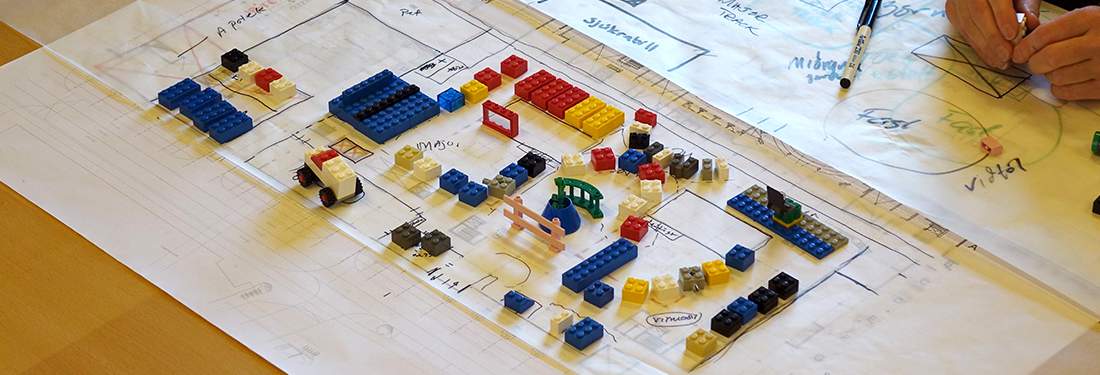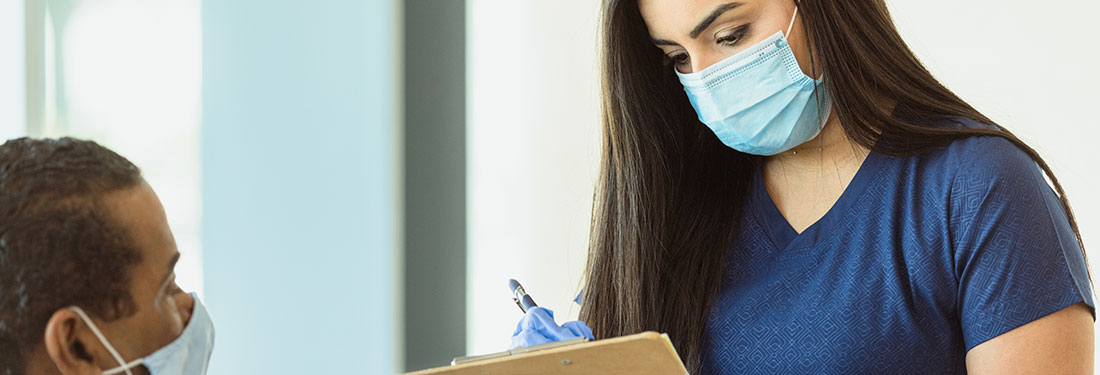Using a 3P to Create a Vision and Plan for Better Patient Care
How 3Ps enable a new vision to take hold
A 3P (Production Preparation Process) workshop is an approach that enables health care teams to create revolutionary visions and spaces for health care — and then develop a path to implement and build dramatic improvements. It pushes a team to address their organization’s challenges and limitations and take a giant leap forward to a truly patient-centered and vastly more efficient future.
It’s a powerful form of reinvention, ending with a future state no one thought was possible. The process is intense, with every team member carefully chosen to maximize the outcome. Throughout the experience, team members are asked to create new ideas that will result in something that’s really meaningful for patients.
How 3Ps allow people to think differently
In a 3P experience, the team members are not worried about how, before deciding why, a new vision should be possible. They abandon the statements that keep them from creating a new vision that will make a difference to their patients. Instead, they are led by benefits and values. They move away from “we can’t,” “we shouldn’t,” and “we don’t” statements to “what if” and “why not” questions. Teams are challenged to think beyond “great” and pursue “insanely great.”
Instead of saying, “We can’t tell patients what to do in their own homes,” we can ask, “What could we do to keep our patients safe at home and not have them come to us at all?” Successful new innovations in telehealth, house calls and mobile clinics have all come from “what if” thinking.
We can ask, “What would it take for a patient to get an infusion in 4 hours instead of 12 hours?” And then a motivated team can say, “Let’s go there together and discover how we can make this happen.” 3Ps challenge the way teams think and reset the paradigm of how we create visions that lead to incremental improvements to create a compelling vision for revolutionary care processes and spaces.
How 3Ps have helped organizations dramatically improve care
Virginia Mason has used 3Ps in a number of areas to bring a new vision to patient care. One of the best-known 3Ps happened in cancer services (described in Charles Kenney’s book Transforming Health Care). The team knew that patients were desperate to spend their time living their lives, not waiting for or receiving chemotherapy, and all the team members wanted to change their patients’ experience. They knew that if they worked together, they could improve efficiency in the care process for all of their patients with cancer — saving seconds, minutes, hours and days of a patient’s life. And they realized their vision.
Later, different teams participated in 3Ps to inform the construction of a new addition to Virginia Mason’s Seattle hospital. Together, team members put the patient first, asked “what if?” and “why not?” questions, and then collaborated to create and implement unique processes such as universal treatment rooms, clustered rooms, and onstage and backstage spaces.
At Virginia Mason Institute, we facilitate 3Ps with health care organizations all over the world to help them achieve their own future-state visions. At Wheaton Franciscan Healthcare, in Wisconsin, for example, a team recently used a 3P to improve patient care by designing new space and processes for outpatient surgical and specialty services to create a world-class, welcoming and high-performing environment. At Landspítali, in Iceland, motivated teams across the organization used 3Ps as they worked to design a new health care and research campus that puts patients at the center of their processes. (See the photo above for a look at one of the many plans the teams developed during a 3P.) In every 3P, I am blown away by the energy, ideas and visions that the teams create for their patients. What’s most exciting is that our lean management systems allow these teams to move beyond vision and bring their new thinking to life.
One last thought
People can influence a space instead of being influenced by the space. They can determine where things belong, and they can design radical new processes for their patients. I see it happen every day, and I encourage health care teams everywhere to use 3Ps to make a difference. New space design is often a health care leader’s once-in-a-career opportunity, and 3Ps provide the most effective way of moving organizations forward.






